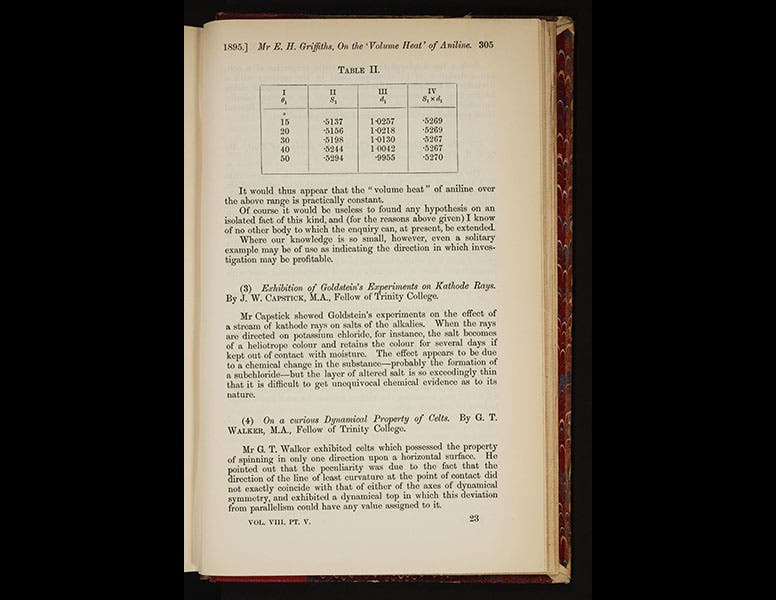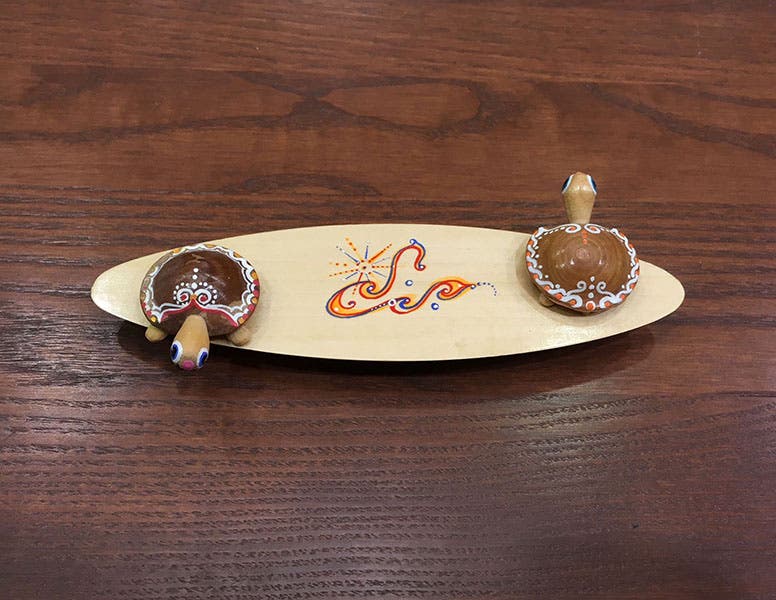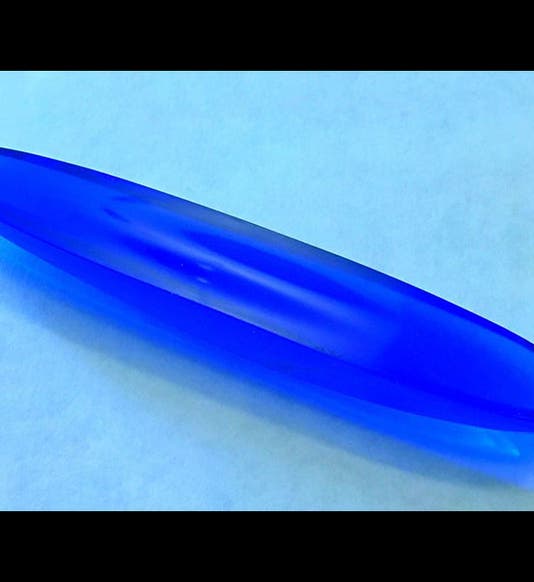Scientist of the Day - Gilbert Walker

Linda Hall Library

Linda Hall Library

Linda Hall Library

Bill Ashworth
Gilbert Thomas Walker, an English mathematician and meteorologist, was born June 14, 1868. Among meteorologists, Walker is known for discovering certain large-scale patterns in atmospheric circulation that can be connected to such phenomena as monsoons in India and el Nińo in the eastern Pacific. One of these circulation patterns, the Walker circulation, is named after him. Walker worked in India for many years, then retired and became professor of meteorology at Imperial College, London. He received many honors for his work, including a knighthood in 1924. He also wrote papers on the flight of birds and studied the physics of the flute, topics we are not going to pursue here.
Instead, we are going to celebrate Walker for something he did early in his career, long before he ever became interested in monsoons and the annual rise of the Nile. In 1895, Walker gave a demonstration to the Cambridge Philosophical Society that he titled "On a curious dynamical property of celts." The celts that attracted his attention were not the prehistoric inhabitants of Salisbury, but rather the polished stone tools that these ancient Britons made, which were called "celts." Some of these celts were irregularly shaped, and Walker discovered that if you were to spin one of these asymmetric celts on a hard surface, it would often spin just fine in one direction, say counter-clockwise, but if you would then try to spin it in the opposite direction, it would slow down, oscillate up and down for a brief while with a great clatter, and then start spinning in the other direction, seeming to defy the laws of angular momentum.
Walker gave his demonstration in 1895; J.J. Thomson, the soon-to-be discoverer of the electron, was in the chair, and waiting in the wings to demonstrate his new cloud chamber was C.T.R. Wilson. An account of Walker’s presentation was published in the Proceedings of the Society (third image). The next year, 1896, Walker published a detailed mathematical analysis of spinning celts in the Quarterly Journal of Pure and Applied Mathematics (fourth image), proving that, in fact, the laws of physics were not being violated. As you can see from a sample page of the second paper (fifth image), the proofs were not for the faint of heart. We have both of these papers in our serials collection.
No one paid much attention to either paper at the time, or for the next 83 years. But in 1979, Jearl Walker, the games columnist at Scientific American, wrote an article about “rattlebacks,” as he called them, and that was all it took. The rattleback Renaissance was off and running. Today you can easily buy a rattleback from a science toy store or on eBay; modern versions are usually made of resin or acrylic (first image); deluxe wooden specimens are also available.
So now that you are eager to see a rattleback in action, here are some videos. The first shows a cheap plastic rattleback performing; the video is only 60 seconds long. The second one shows an expensive wooden rattleback being put through its paces. It is much better looking than the green plastic celt, but you will notice that it doesn’t really work any better. An unusual rattleback, which I happen to own, has two turtles riding on the ends of a little wooden boat (sixth image). If you line the turtles up facing each other, it does not exhibit any rattleback tendencies, but if you turn the turtles sideways, facing in opposite directions, producing an asymmetry, then it stops, rattles, and reverses very nicely. You can see such a rattleback in operation in the third video.
As important as the Southern Oscillation is for meteorology, we think Gilbert Walker may have had his finest hour in 1895 when he introduced J.J. Thomson to the magic of celts. When Walker’s knighthood was conferred in 1924, we hope he was dubbed ‘Sir Rattleback.”
Dr. William B. Ashworth, Jr., Consultant for the History of Science, Linda Hall Library and Associate Professor, Department of History, University of Missouri-Kansas City. Comments or corrections are welcome; please direct to ashworthw@umkc.edu.








